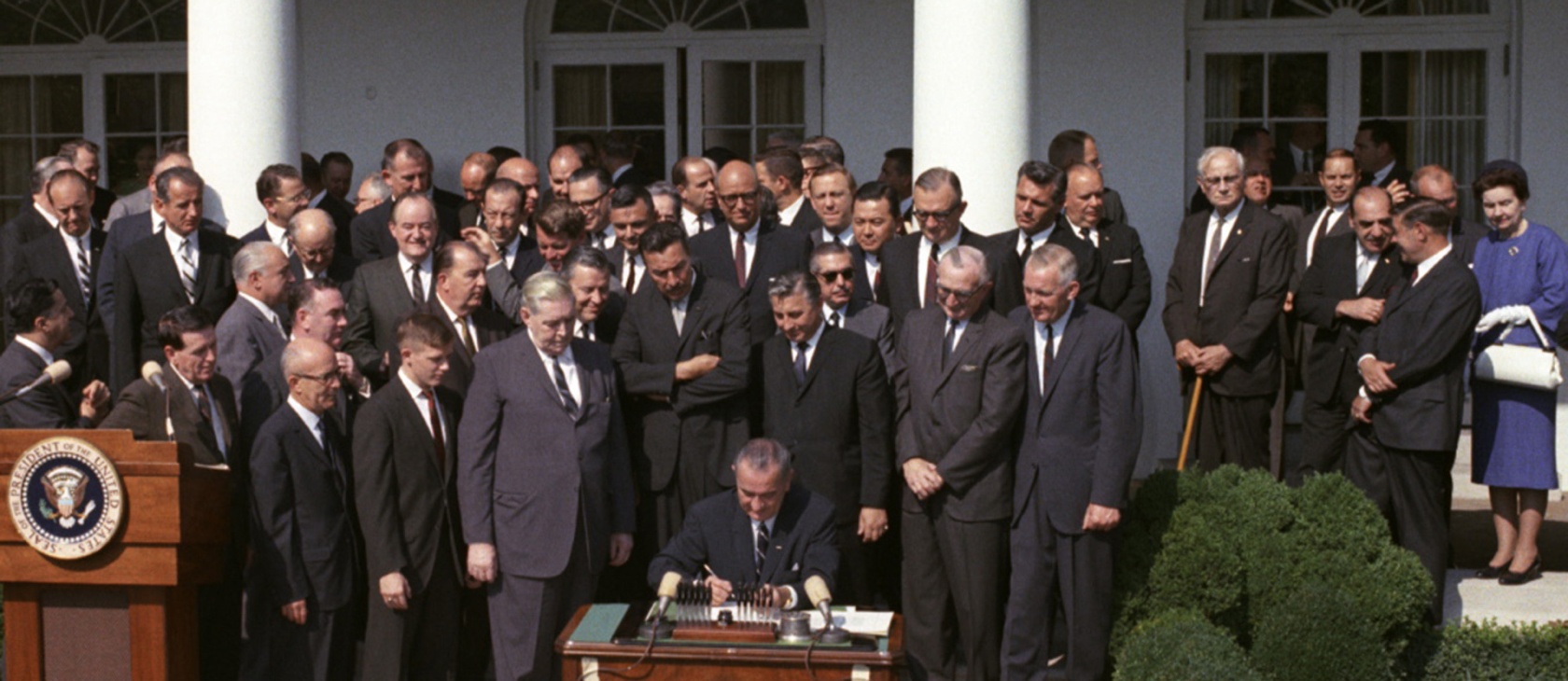


Professor Donald Drakeman’s response to my essay on direct and indirect taxes presents an opportunity to offer some background on constitutional originalism.
My thesis was that the longstanding uncertainty over the Constitution’s distinction between direct and indirect taxes persists because probative Founding-era evidence continues to be overlooked. In addition to references in eighteenth-century literature, that evidence consists of (1) uncontradicted comments by participants in the ratification debates which mesh well with (2) a plethora of eighteenth-century British and American direct tax statutes. (Detailed citations can be found here and here.)
These sources tell us that direct taxes include capitations and levies on real and personal property (i.e., wealth), income, and occupations. Indirect taxes (duties) include levies on consumption of domestically-sold goods (excises), customs (exactions on imports and exports), and levies on certain other transactions and events.
Professor Drakeman’s response cited his 2013 co-authored article on the 1796 Supreme Court case of Hylton v. United States. The participants in that case included such leading Founders as Alexander Hamilton, James Iredell, and William Paterson. The central issue was whether an annual tax on carriages for personal use was direct or indirect. Professor Drakeman tells us that the disagreements among those directly and more remotely involved in Hylton demonstrate that evidence of original public meaning (the goal of what he calls the “new originalism”) sometimes conflicts. When it does conflict, he favors returning to the intention of the framers, which he calls the “old originalism.”
Professor Drakeman certainly is correct to say that evidence of original meaning sometimes conflicts. His co-authored article is not quite the “deep dive” into the direct-indirect distinction he suggests, but it is an excellent summary of Hylton and the general issues surrounding eighteenth-century excise taxes. I believe his suggestion, however, that Hylton is relevant to originalism, is based on misunderstandings.
As explained below, documentary interpretation during the Founding era was governed by “original understanding originalism.” This approach was different from either the “old” or “new” variety Professor Drakeman identifies. It also is far older than either. But under any version of originalism, the Hylton case is useless, or worse than useless, as evidence of constitutional meaning. It should be disregarded.
The Constitution Carries Its Rules of Interpretation with It
The Founders wrote and adopted the Constitution within the Anglo-American legal tradition. The document itself made frequent use of technical terms employed in the Anglo-American legal system: “habeas corpus,” “privileges and immunities,” “bill of attainder,” “necessary and proper”—and “direct taxes.” (There are many more, most of which are listed here.)
Many of those who participated in the constitution-making of 1787–90 wanted to reform aspects of Anglo-American law (such as primogeniture), but few wanted to abandon it entirely. Spokesmen for each side frequently alluded to how the Constitution would be construed under traditional Anglo-American rules of interpretation. Concerns provoked by the application of one rule of interpretation led to adoption of the Ninth Amendment. Suspicion that the Constitution might threaten the Anglo-American institution of trial by jury led to the Sixth and Seventh Amendments.
If the Framers had believed the Constitution would be construed by any rules other than those then prevailing, they would have worded it very differently. If the public had believed that, there would have been no chance of ratification.
Originalism’s Antiquity
The Founding-era interpretive rule most relevant to the Constitution is this: When construing a document, the primary goal is to discern the intent of the makers. This rule applied to nearly all documents—real estate conveyances largely excepted. Of course, the identity of the “makers” varied according to the nature of the document. Of a will, the maker was the testator; of a contract, the contracting parties; of a statute, the legislators; and of a constitution, the ratifiers. As James Madison wrote, the sense of the legitimate Constitution is “the sense in which the Constitution was accepted and ratified by the nation.” One whose only role is as a drafter—whether the scrivener of a will, a lawyer in the legislative counsel’s office, or a constitutional framer—did not qualify as a maker.
Construing a document by discerning the intent of the makers is a very old practice. This antiquity may come as a surprise to those who think originalism has just “been around for several decades” or that it is merely a white supremacist scam. But it is incontrovertible.
The commitment to this kind of legal interpretation is established even more deeply in Western civilization than the common law tradition. Polybius, for instance, described a legal dispute involving construction of a statute in which a key issue was the intention of the lawgiver (nomothetou proairesin). The Digest of the Eastern Roman Emperor Justinian contains passages—all composed at least three centuries before his reign—explaining that documents are construed according to the intent of those who made them. Thus, the understanding of the parties (mens convenientium) was relevant to whether a contract creates in rem or in personam obligations. Laws were to be interpreted liberally to give force to the intent (voluntas) behind them. Ambiguous laws were to be construed according to their intent.
No method of documentary interpretation answers all questions all the time. Professor Drakeman is right about that. But we should not wander afield looking for ambiguity.
Although the Anglo-American system was not based primarily on Roman civil law, on this point it was fully in accord. In the centuries before and including the Founding, the lodestar of English and American documentary interpretation was the intent of the makers.
Edmund Plowden, the sixteenth-century legal scholar who may have been England’s greatest expositor of statutory interpretation, pointedly emphasized the primacy of the maker’s intent even over the written words: Qui haeret in litera haeret in cortice. (“Who sticks [only] to the letter sticks to the bark”). Hence the common law maxim Ut verba serviant intentioni non intentio verbis (“So that the words serve the intention and not the intention the words”).
What Was the “Intent of the Makers?”
A much-cited 1985 Harvard Law Review article acknowledged that Founding-era lawyers and judges sought the “intent” behind an instrument, but argued that this inquiry was limited to examining the instrument’s words and structure—in other words, that Founding-era lawyers and judges were strict textualists. Many legal academics found this thesis congenial, so it was years before another scholar (yours truly) examined the article’s citations, and found them wanting.
Actually, the “intent” sought by Anglo-American lawyers was exactly what you might think “intent” would be: the parties’ subjective understanding. A Founding-era lawyer’s search for this understanding could range far beyond the text into all sorts of “foreign circumstances” (Plowden’s phrase).
Of course, in many cases, evidence of subjective intent was unavailable, conflicting, or unreliable. Before the late eighteenth century, the legislative history useful for the construction of statutes often was scanty or non-existent. Much of Chief Justice John Marshall’s constitutional textualism can be explained by the fact that the records of the 1787–90 constitutional debates were not readily available.
For such cases, Plowden advised lawyers to: “Suppose that the law-maker is present, and that you have asked him the question you want to know. … Then you must give yourself such an answer as you imagine he would have done, if he had been present.” This formula is simply the concept of“objective public meaning” worded differently.
Such were the prevailing rules when the Constitution was written and adopted. As I learned many years ago as a practitioner and scholar of private law subjects, they also are the rules by which most documents still are construed today—that is, outside the interpretive jungle of constitutional law.
How the Founders Interpreted Law
Before moving on to Hylton and the taxation question, several points merit emphasis:
In Founding-era documentary interpretation, the initial search was always for the subjective understanding of the document’s makers. Only if evidence was unavailable or defective was an objective standard applied. In the case of constitutions, the makers were the ratifiers. When reference was made to the “intent of the framers,” the speaker was being inexact or (as in the famous 1782 Virginia case of Commonwealth v. Caton) the framers and ratifiers were the same people. All the participants in the constitutional debates acted within the context of the existing Anglo-American legal system. They employed its terminology and its interpretive rules. A constitution that altered those rules would have been neither written nor ratified. In accordance with those rules, representations made by advocates of the Constitution to the ratifying public are of particular value in deducing constitutional meaning. Although the determinative understanding is that of the ratifiers, this does not mean that the intent of the Constitution’s framers is irrelevant. As Professor Drakeman points out, many of the framers were themselves ratifiers, and they generally shared the public’s understanding about things—which is why so many had been elected to political office. On the other hand, statements made or deals struck in a closed meeting (the drafting convention) and not disclosed to the public should never be considered authoritative, particularly if they contradict public representations. With very rare exceptions, only evidence arising previously to or contemporaneously with the ratification is useful for discerning the content of the ratification bargain. Later evidence is too often adulterated by changed circumstances, altered incentives, failing memories, and absent witnesses. Implications for Direct Taxes and Hylton
I wish some distinguished Founder had written an essay for the ratifiers explaining exhaustively the distinction between direct and indirect taxes. Unfortunately, none did. Perhaps as future Chief Justice John Marshall suggested at the Virginia ratifying convention, the distinction was too well understood to render detailed explanation necessary. But several participants in the ratification debates did provide brief explanations—including Marshall and Oliver Ellsworth, another future chief justice—and all their explanations are broadly consistent.
They also are consistent with existing commentary and with the British and state omnibus statutes that levied on land, heads, personal property, occupations, and income. Surely that tells us more than a court case (Hylton) arising six years after the ratification was complete—when incentives were radically different, enormous sums of money were at stake, and political alliances had changed dramatically. (For example, Justices Samuel Chase and William Paterson, formerly states-rights advocates, were now arch-Federalists, and Madison and Alexander Hamilton were in opposing parties.)
When Hylton was argued and decided, moreover, the records of the ratification debates remained mostly unpublished, and memories of the debates had faded. To illustrate how much they had faded, we need to go no further than the opinions of Justices Paterson and Iredell: Both fervently dismissed as impractical and perhaps unconstitutional the idea of Congress imposing direct taxes on different articles in different states. Yet during the ratification debates, this idea was a selling point for the Constitution—promoted by Hamilton in Federalist #36 and Madison at the Virginia ratifying convention.
In sum, the views of the participants in Hylton tell us virtually nothing about what the state convention ratifiers agreed to years before. The enlistment of this case as “evidence” of the Constitution’s meaning or lack of meaning exemplifies the flaw historians call “anachronism”: misplacement of events or persons or evidence from one time to another.
As if that were not enough, there is yet another problem in using Hylton as evidence of meaning or lack thereof. According to eighteenth-century definitions, personal property taxes were direct and levies on consumption were indirect. But sometimes a particular tax could cut very close to the line, and the annual carriage tax in Hylton was one of those. People of goodwill could classify it either way without contradicting the Constitution’s tax categories. And when you brush aside the justices’ rambling dicta, that is really all most of them did.
No method of documentary interpretation answers all questions all the time. Professor Drakeman is right about that. But we should not wander afield looking for ambiguity. Usable evidence of the ratifiers’ understanding (or of the Constitution’s objective meaning at the time) is extensive: Western and biblical history, contemporaneous word definitions, important public documents, recent and current events, newspapers, popular literature, existing statutory and case law, and the constitutional debates themselves. In my experience, this evidence is sufficient to answer most major constitutional questions.
The distinction between direct and indirect taxes is one of them.









